Loosening a corroded water valve can be a challenging task, but with the right tools and techniques, it can be done with relative ease. Over time, exposure to water, moisture, and other elements can cause corrosion to form on the valve, making it difficult to turn. This can be especially frustrating if you need to shut off the water supply to your home or make a repair. In this guide, we will outline the steps you need to take to successfully loosen a corroded water valve.
First, gather the necessary tools. You will need a adjustable wrench, a penetrating oil, and a cloth or rag. Begin by applying the penetrating oil to the valve, working it into all the nooks and crannies where corrosion may have formed. Let the oil sit for a few minutes to allow it to penetrate and loosen the corrosion. Then, use the adjustable wrench to try and turn the valve. If it is still difficult to turn, try tapping the wrench gently with a hammer to loosen any stubborn corrosion.
If the valve still won’t budge, it may be necessary to use more force. Place a cloth or rag around the valve to protect it from scratches and use a pair of pliers to grip the valve. Apply steady, firm pressure to the valve, using the pliers to help you turn it. If the valve is still difficult to turn, you can try using a pipe wrench for additional leverage. Keep in mind that applying too much force can cause the valve to break, so be sure to proceed with caution. With these tips, you should be able to successfully loosen a corroded water valve and get your plumbing back in working order.
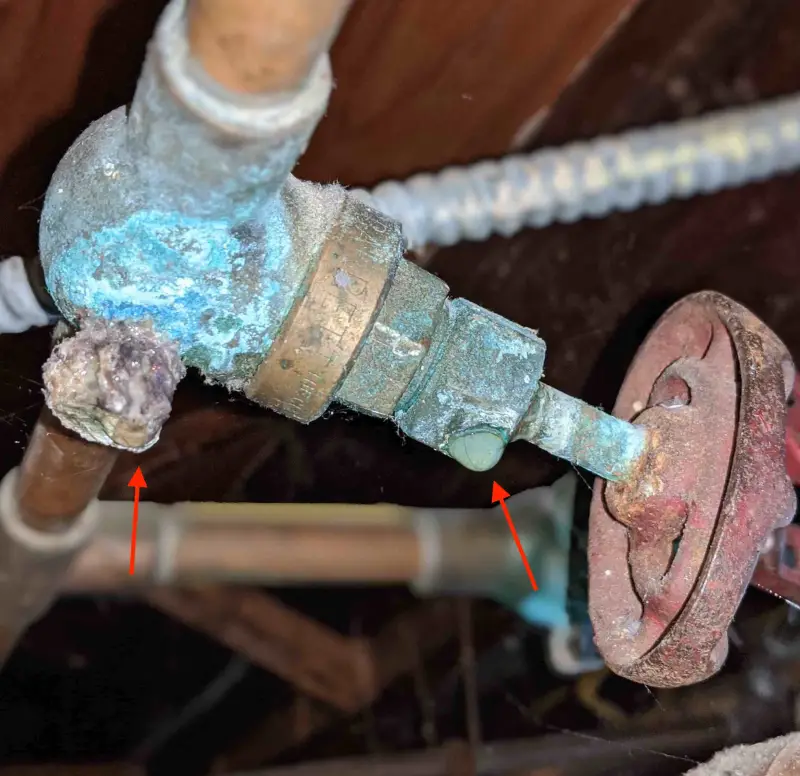
How To Loosen A Corroded Water Valve Overview
First things first, let’s talk about the tools you’ll need. A good adjustable wrench is a must-have. I highly recommend getting one that fits comfortably in your hand and has a solid grip. Trust me, you’ll thank me later! A penetrating oil is also a must. This oil will help loosen up any corrosion that has built up on the valve over time. And, last but not least, you’ll want to grab a cloth or rag to protect the valve from scratches while you work.
Next, let’s get to the good stuff – loosening the valve! Start by applying the penetrating oil to the valve, working it into all the little nooks and crannies where corrosion may have formed. Give it a few minutes to soak in and do its magic. Then, grab your adjustable wrench and try turning the valve. If it’s still difficult to turn, tap the wrench gently with a hammer to loosen up any stubborn corrosion.
If the valve still won’t budge, it might be time to bring in the big guns. Wrap a cloth or rag around the valve to protect it and use a pair of pliers to grip it. Apply steady, firm pressure to the valve and use the pliers to help you turn it. If it’s still giving you trouble, try using a pipe wrench for extra leverage. Just be careful not to apply too much force, or you risk breaking the valve.
In conclusion, loosening a corroded water valve doesn’t have to be a nightmare. With the right tools, a little elbow grease, and a positive attitude, you can get the job done! Good luck!
How To Loosen A Corroded Water Valve – Methods in Comparison
- Replacing the valve: This is the most straightforward method of loosening a corroded water valve. Simply remove the old valve and replace it with a new one. This method is a permanent solution and will ensure that the valve turns smoothly in the future.
- Sanding and lubricating the valve: If the corrosion on the valve is not too severe, you may be able to sand it down and then lubricate it. This method requires a bit of elbow grease, but can be an effective solution for removing corrosion and ensuring that the valve turns smoothly.
- Welding a handle onto the valve: If the valve is difficult to turn, you can have a handle welded onto it. This will give you a better grip and make it easier to turn the valve.
- Using a special tool: There are special tools available that are designed to help loosen corroded valves. These tools work by applying pressure to the valve and can be very effective in removing corrosion and ensuring that the valve turns smoothly.
| Method | Pros | Cons |
|---|---|---|
| Replacing the valve | Permanent solution, ensures smooth turning in future | Expensive |
| Sanding and lubricating the valve | Inexpensive, effective for removing corrosion | Time-consuming, requires elbow grease |
| Welding a handle onto the valve | Gives better grip, makes it easier to turn | May be difficult to find a welder, requires more time |
| Using a special tool | Effective, easy to use | May be expensive, may not work on all valves |
As you can see, each method has its pros and cons. The best method for you will depend on the severity of the corrosion, your budget, and your personal preference. Whether you choose to replace the valve, sand and lubricate it, have a handle welded on, or use a special tool, the important thing is to get the valve turning smoothly again so that you can get your plumbing back in working order.
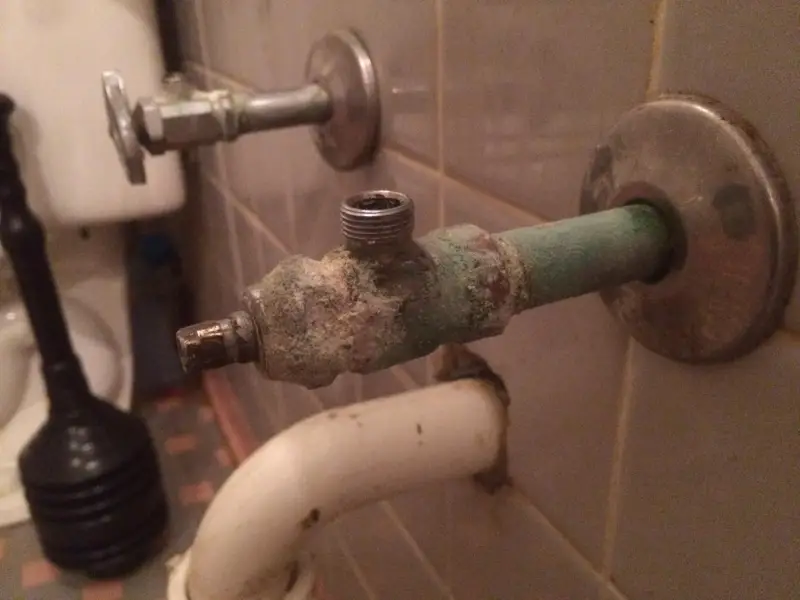
Сorrosive Water Valve Loosening Equipment
| Equipment | Purpose |
|---|---|
| Adjustable wrench | Used to turn the valve |
| Penetrating oil | Helps to loosen any corrosion on the valve |
| Cloth or rag | Protects the valve from scratches while working |
| Hammer | Can be used to tap the wrench to loosen stubborn corrosion |
| Pliers | Can be used to grip the valve if it won’t turn with a wrench |
| Pipe wrench | Can be used for extra leverage if pliers and a wrench aren’t enough |
Having the right equipment is key to successfully loosening a corroded water valve. Be sure to use a high-quality adjustable wrench, penetrating oil, and cloth or rag to ensure the best results. Additionally, a hammer, pliers, and pipe wrench can come in handy if the valve is particularly difficult to turn. By having all the right tools, you’ll be well on your way to getting your plumbing back in working order in no time!
Step by Step Instruction on How to Loosen a Corroded Water Valve
- Turn off the water supply: Before starting any work on a water valve, it’s important to turn off the water supply. This will ensure that you’re not working with water under pressure, which can be dangerous.
- Apply penetrating oil: Apply a generous amount of penetrating oil to the valve and let it sit for 10-15 minutes. This will help to loosen any corrosion that may be present.
- Protect the valve: Wrap a cloth or rag around the valve to protect it from scratches and dings while you’re working on it.
- Use an adjustable wrench: Place the adjustable wrench onto the valve and turn it counterclockwise to loosen it. If the valve won’t turn with a wrench, you can try using pliers or a pipe wrench for extra leverage.
- Tap the wrench: If the valve is still stuck, you can gently tap the wrench with a hammer to loosen it. Be sure not to hit the wrench too hard, as this can damage the valve.
- Check the valve: Once the valve is loose, turn it on and off a few times to check that it’s working properly. If it’s not, repeat the steps above until it is.
- Clean up: When you’re finished working on the valve, clean up any oil or debris that may have accumulated during the process.
By following these steps, you’ll be able to successfully loosen a corroded water valve and get your plumbing back in working order. Remember to always work carefully and use caution when working with water valves to ensure your safety.
F.A.Q.
What is the best tool to use to loosen a corroded water valve?
An adjustable wrench is the best tool to use to loosen a corroded water valve. If the valve won’t turn with a wrench, you can try using pliers or a pipe wrench for extra leverage. A hammer can also be used to gently tap the wrench to loosen a stuck valve.
Can I loosen a corroded water valve without turning off the water supply?
No, it’s important to always turn off the water supply before working on a water valve. This will ensure that you’re not working with water under pressure, which can be dangerous.
What is the best penetrating oil to use for loosening a corroded water valve?
There are several good penetrating oils on the market, including WD-40, Liquid Wrench, and Kroil. Look for a penetrating oil that is designed to loosen rust and corrosion, and follow the manufacturer’s instructions for best results.
What if I can’t turn the valve even with a wrench and penetrating oil?
If you can’t turn the valve even with a wrench and penetrating oil, you may need to use a special tool or consider replacing the valve. If the valve is very old or has been in use for a long time, it may simply be worn out and beyond repair.
How can I prevent corrosion on my water valves in the future?
To prevent corrosion on your water valves in the future, keep them clean and dry. Regularly inspect your valves for signs of rust or corrosion, and replace them as needed. Lubricating your valves with a high-quality penetrating oil can also help to prevent corrosion and ensure that they turn smoothly.
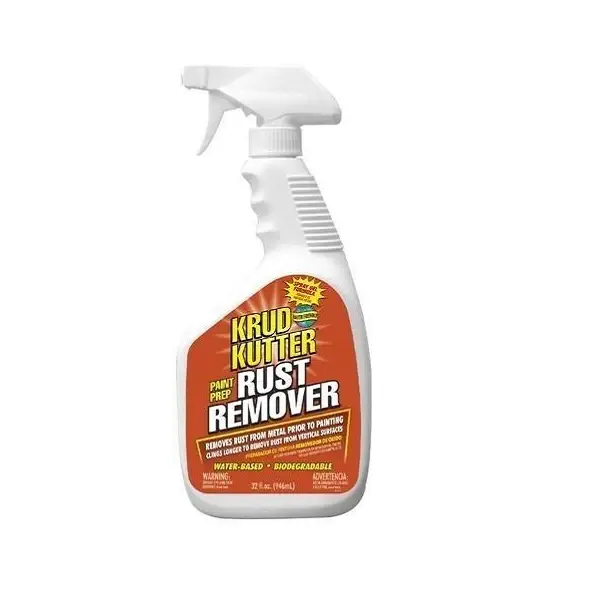
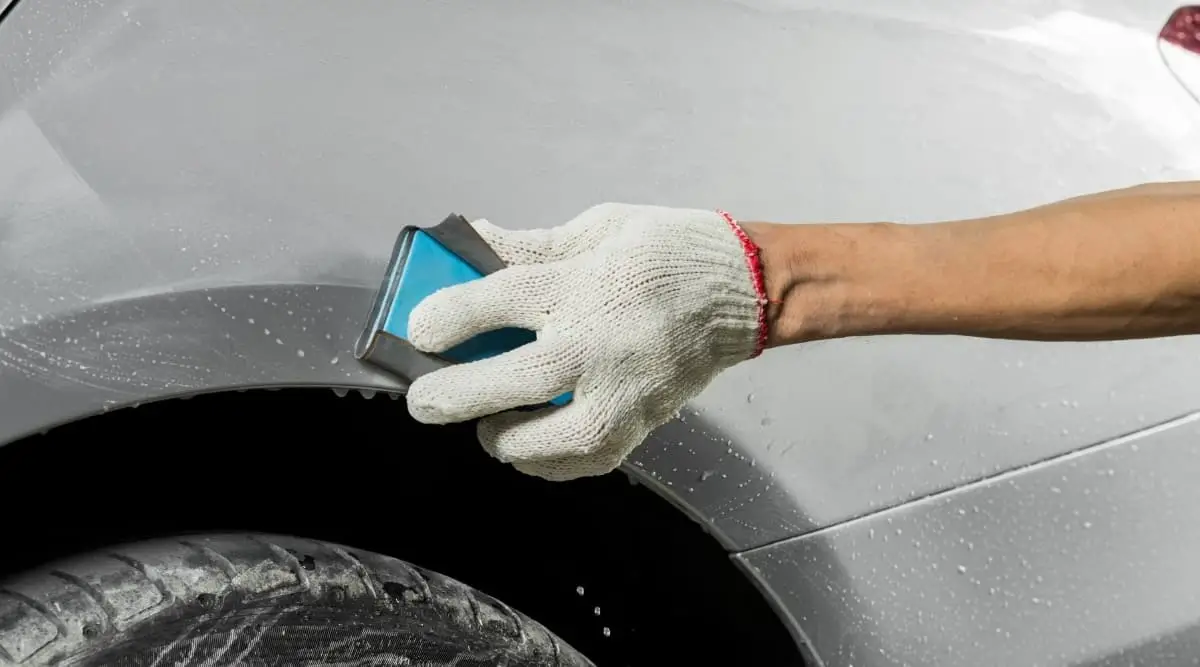
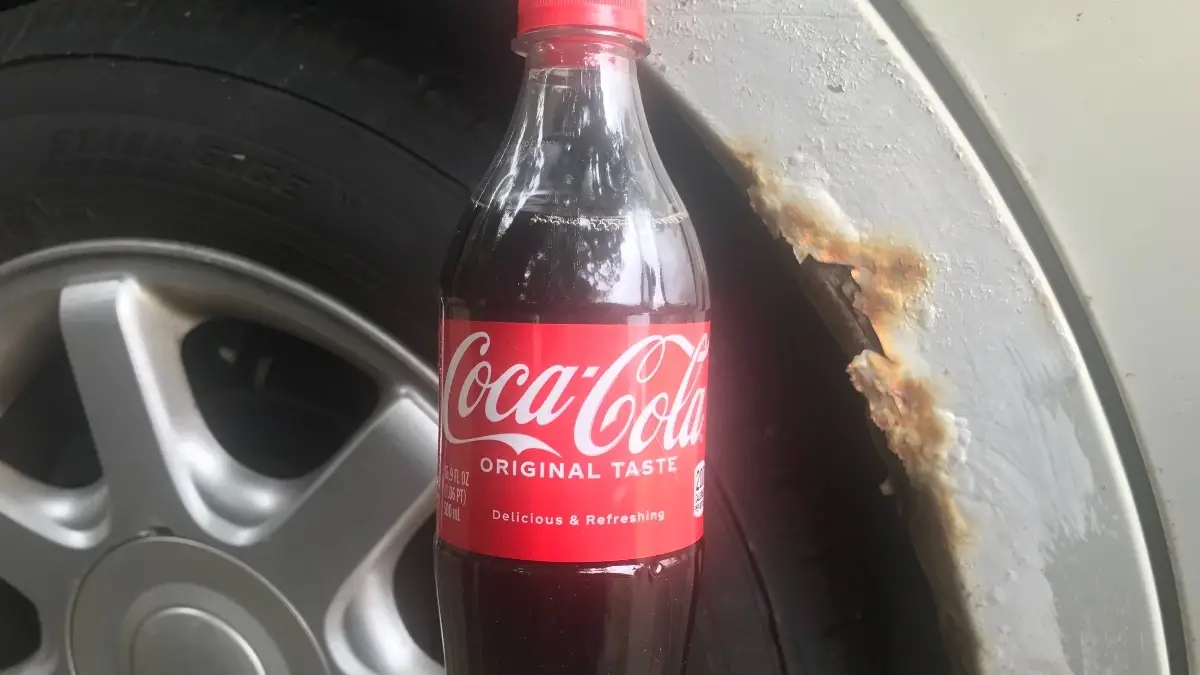
Leave a Reply